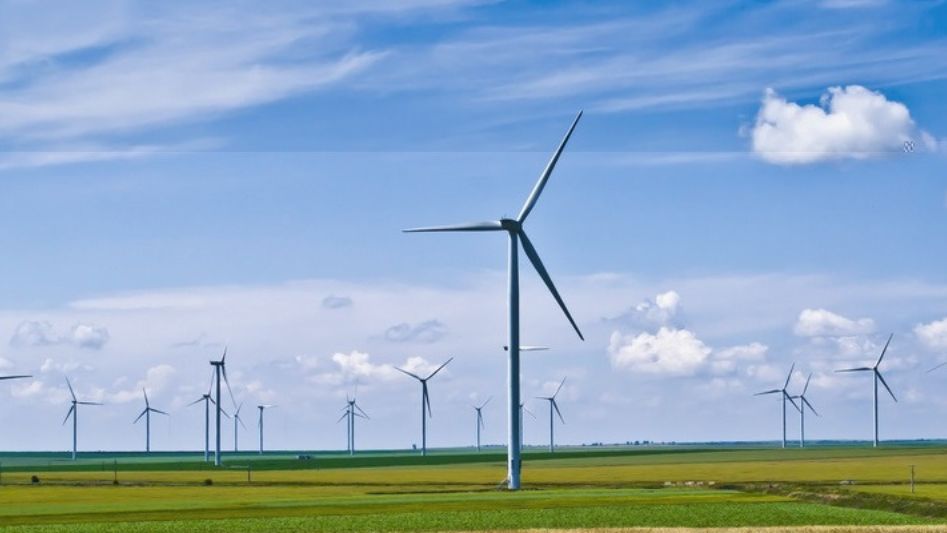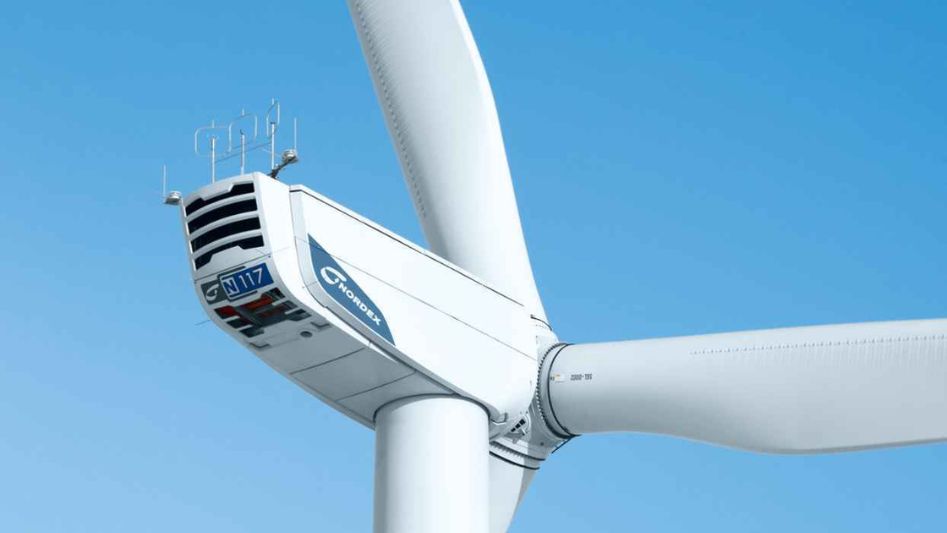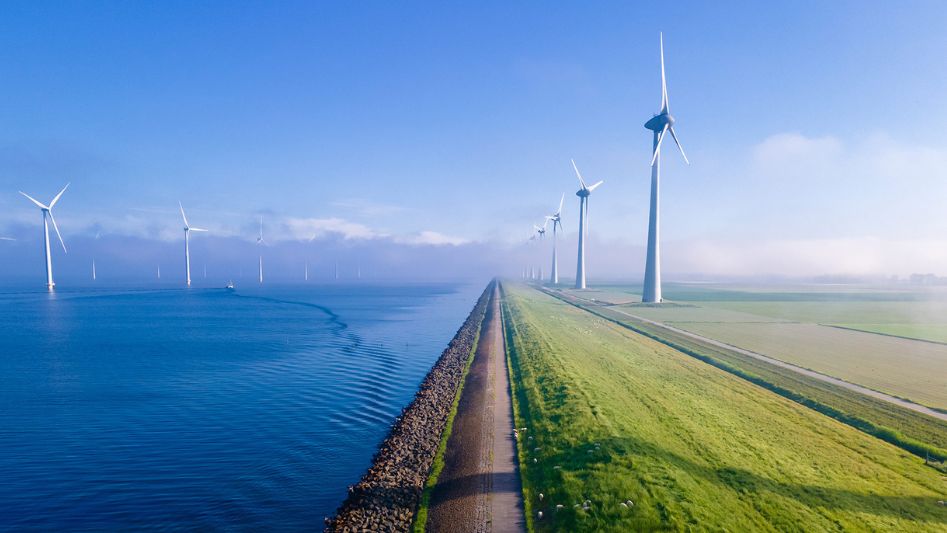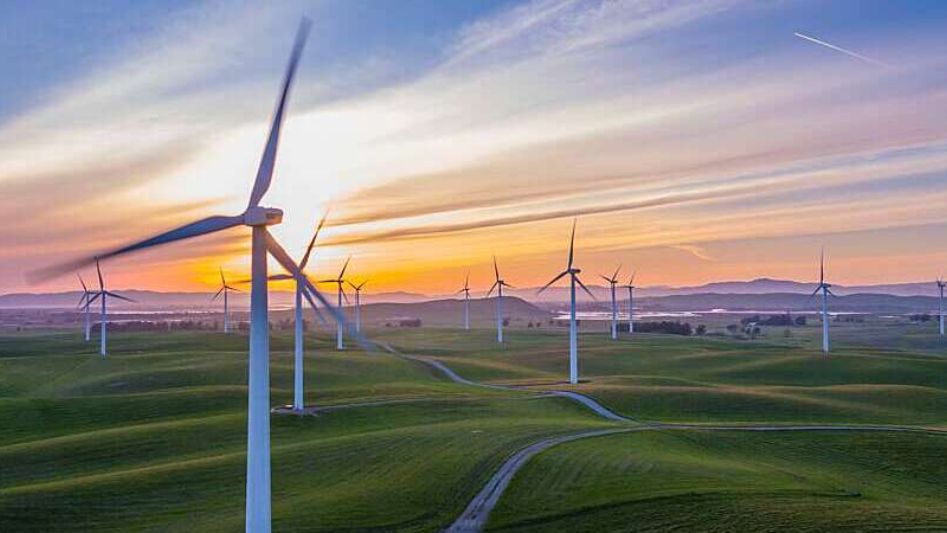In the quest for a sustainable and eco-friendly energy future, wind power has emerged as a promising source of clean electricity. Wind turbines, which harness the kinetic energy of the wind to generate electricity, have made significant strides in recent years. As the world grapples with the challenges of climate change and the need to reduce greenhouse gas emissions, the future of wind turbines is becoming increasingly important. In this article, we will delve into the latest developments and innovations in wind turbine technology, highlighting their potential to shape the future of green energy.
Table Of Content
We invite you to read: “The Future of Wind Turbines? No Blades”

The Evolution of Wind Turbines
Wind turbines have come a long way since their inception. Early windmills, used primarily for mechanical tasks like grinding grain, have evolved into sophisticated machines capable of generating substantial amounts of electricity. Over the years, several key advancements have transformed the efficiency and reliability of wind turbines.
1. Increased Size
One of the most noticeable trends in wind turbine technology is the increasing size of the turbines. Modern turbines are towering giants, with rotor blades stretching over 100 meters in length. Larger turbines capture more wind energy, and their sheer size allows them to harness wind at higher altitudes where it is often stronger and more consistent.
2. Improved Materials and Design
Advancements in materials science and aerodynamics have led to the development of more efficient turbine blades and components. Composite materials are now commonly used for blade construction, offering both strength and lightness. Additionally, the aerodynamic design of turbines has been optimized to maximize energy capture while minimizing turbulence and noise.
3. Offshore Wind Farms
The expansion of offshore wind farms is another noteworthy development. These projects take advantage of strong and consistent offshore winds, providing a substantial source of renewable energy. Offshore wind turbines are typically larger and can generate more electricity than their onshore counterparts. They also have the advantage of being less visible and causing fewer disruptions to local communities.
We invite you to read: “Future-Proofing Energy: The Role of Wind Turbines and Solar Panels in Climate Resilience”

Innovations Shaping the Future
As technology continues to advance, several exciting innovations are poised to shape the future of wind turbines and further enhance their efficiency and sustainability.
1. Vertical Axis Wind Turbines (VAWTs)
While horizontal axis wind turbines (HAWTs) dominate the market, vertical axis wind turbines (VAWTs) are gaining attention for their unique advantages. VAWTs can be installed closer together, making them suitable for urban environments. They are also more bird-friendly and require less maintenance. Researchers are working to improve the efficiency and scalability of VAWTs, potentially opening up new possibilities for wind power generation.
2. Energy Storage Integration
One of the challenges of wind power is its intermittency. To address this issue, there is a growing emphasis on integrating energy storage solutions with wind turbines. Battery technology advancements are making it possible to store excess energy generated during high-wind periods for use when the wind is calm. This integration enhances the reliability and stability of wind power as a source of electricity.
3. Smart Grid Integration
The development of smart grid technology is another significant innovation. Smart grids allow for better management and distribution of electricity generated by wind turbines. They can balance supply and demand, reduce energy losses, and improve the overall efficiency of the electrical grid. As wind power capacity continues to grow, smart grid integration will become increasingly important.
Environmental Considerations
While wind power is undeniably green and sustainable, it is not without its environmental considerations. Some concerns include the impact on bird and bat populations, noise pollution, and the visual impact on landscapes. However, ongoing research and development efforts are focused on mitigating these issues. For example, advanced monitoring systems can detect bird and bat activity and curtail turbine operations when necessary. Moreover, turbine design improvements aim to reduce noise levels and visual impact.
We invite you to read: “Wind Turbines of Tomorrow: Innovations and Future Prospects”

Conclusion
Wind turbines are at the forefront of the renewable energy revolution, playing a pivotal role in the transition to a more sustainable and carbon-neutral future. With ongoing technological advancements, including larger and more efficient turbines, innovations like VAWTs, energy storage integration, and smart grid development, wind power is poised to become an even more prominent and reliable source of green energy. While challenges remain, the promise of clean electricity generation and reduced greenhouse gas emissions make wind turbines a beacon of hope on the horizon of green energy. As we continue to invest in and develop wind power technologies, we move closer to a cleaner, healthier planet for generations to come.
FAQs
What is wind turbine technology?
Wind turbine technology harnesses the energy of the wind to generate electricity, providing a clean and renewable source of power.
How have wind turbines evolved over time?
Wind turbines have evolved through larger sizes, improved materials, and offshore installations, making them more efficient and sustainable.
What are the future innovations in wind turbine technology?
Innovations like Vertical Axis Wind Turbines (VAWTs), energy storage integration, and smart grid technology are shaping the future of wind power.
Are there environmental concerns with wind turbines?
Some concerns include impacts on wildlife and landscapes, but ongoing research and design improvements are addressing these issues.
You May Also Like
- Dutch Takes Unprecedented Step to Protect Migratory Birds, Halts Offshore Wind Turbines
- Vertical Axis Wind Turbines: An Alternative to Traditional Wind Turbines?
- The Pros and Cons of Vertical Axis Wind Turbines
- Harnessing the Wind: An Introduction to Wind Turbines and Wind Energy
- The Power of Aerodynamics: Lessons from Wind Turbines and Formula 1 Cars

